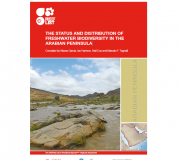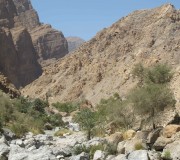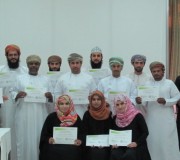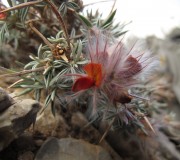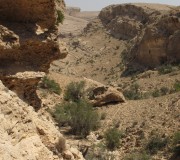Red Listing Aquatic Plants from the Arabian Peninsula
Freshwater habitats and biodiversity in the Arabian Peninsula are unique and highly valued for the essential role they play in people’s survival, as well as that of its native flora and fauna. The limited number and area of wetland systems within the region, and the restricted size of many of them, constrains the distribution of species and the abundance of species in many basins. The greatest numbers of freshwater species and threatened species are found in the mountains of Yemen, the Socotra Archipelago, southwest Saudi Arabia and Dhofar in southern Oman. These areas, identified as centres of freshwater biodiversity and threat, can help focus development and conservation actions in ways that aim to minimise impacts to freshwater species throughout the region.
The project evaluates the conservation status of 292 species belonging to five taxonomic groups – 18 fish taxa, 30 molluscs taxa, 59 dragonflies and damselflies taxa (odonates)and 3 freshwater crabs. In total, 182 wetland dependent plants are also assessed.
Overall, 17% of the Arabian freshwater taxa assessed are threatened with extinction at the regional scale, with a further 3% assessed as Near Threatened and 20% as Data Deficient.
The success of conservation planning in order to guarantee the future sustainability of livelihoods, as well as the resources and services provided by functioning wetland ecosystems depends critically on the adequate involvement of communities in the long-term future of freshwater species and habitats across the region.
By compiling this existing information and updating it where possible this report provides an important resource for current and future decision making on the management and conservation of inland waters.
